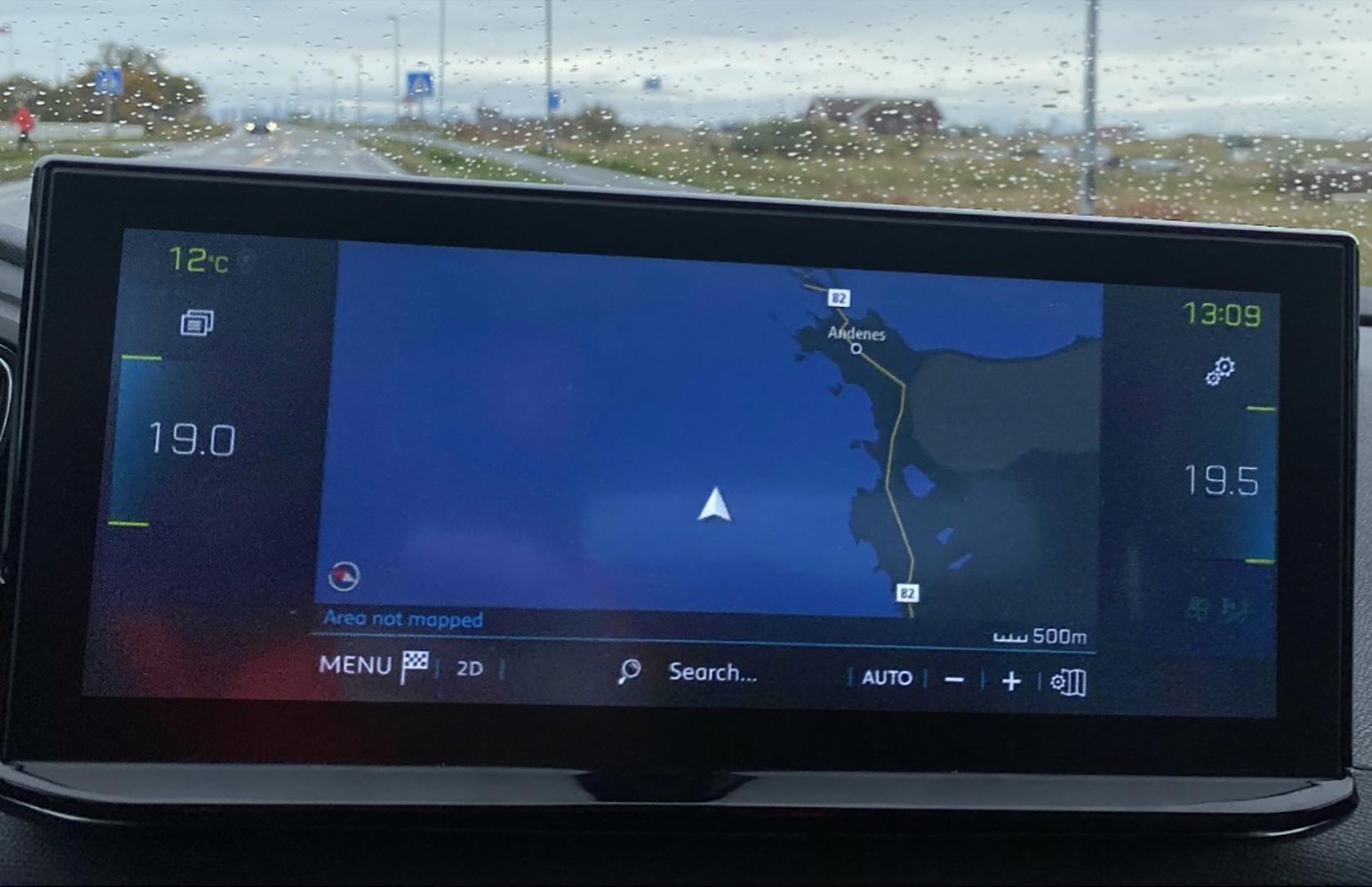AGRICULTURE

A significant challenge to the use of GNSS signals for positioning, navigation and timing (PNT) is that they are vulnerable to various types of interference sources.
These include intentional interference signals, which are designed to deny or mislead GNSS service within a certain area.
There are two main technologies available to mitigate interference. The first is specialised adaptive antenna arrays, such as GPS Anti-Jam Technology (GAJT) which leverages controlled reception pattern antennas (CRPAs) and associated electronics. The second are specialised receiver firmware algorithms.
OEM7 receivers are equipped with the GNSS Resilience and Integrity Technology (GRIT) firmware suite for situational awareness and interference detection and mitigation across applications and environments to protect users against GNSS threats. GRIT relies on different layers of countermeasures ranging from jamming detection and characterisation to spoofing detection and mitigation to provide a guaranteed level of solution integrity and reliability.
“ Using the full array of GRIT tools, such as Spoofing Detection, the Interference Toolkit and Time-Tagged Digitized Samples to provide in-field situational awareness and to collect the data, highlighted the genuine need for and the power of situational awareness.”
This article discusses the components of GRIT including Interference Toolkit, Spoofing Detection and RoDAR, and how they work to detect and mitigate interference. The article also presents the results of how GRIT performed in a real-life jamming trial in Norway.
Vehicle navigation unit showing the test vehicle was spoofed (arrow located at sea) while it was travelling on the road.

Read the full article by downloading Velocity 2023
Download the latest edition of Velocity magazine.
Contact sales for product and service inquiries.
Contact support to speak with an expert technician available 24/7.